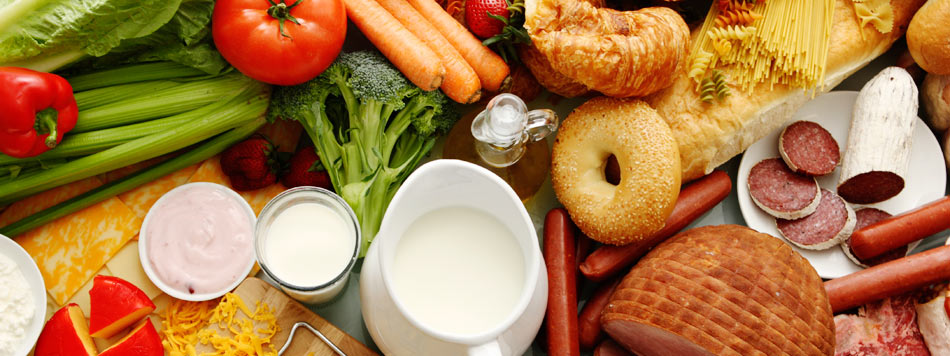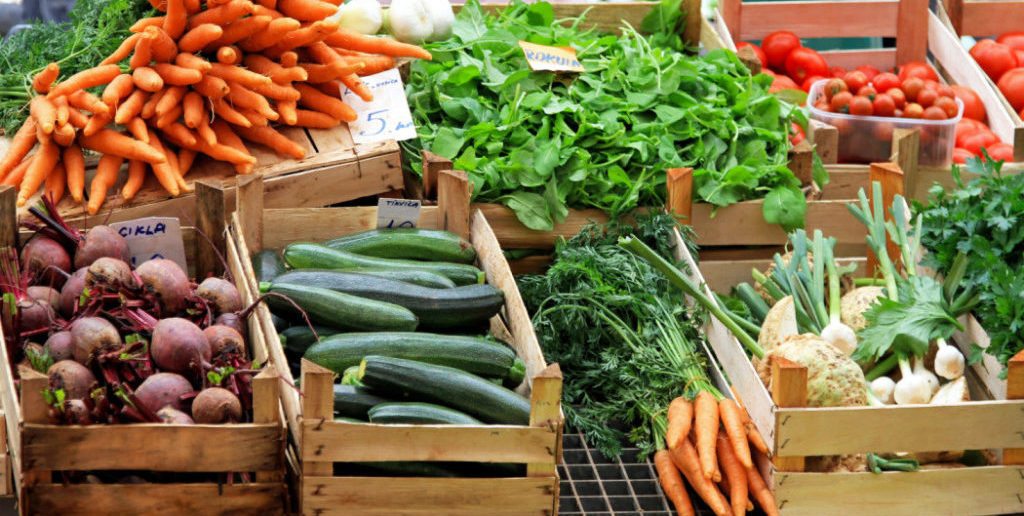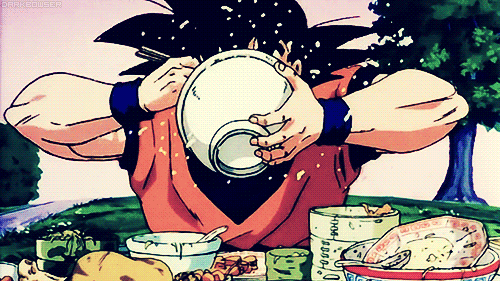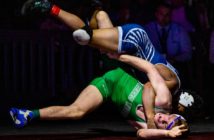When training full-time at a kung fu academy the chances are, if you stay long enough, and train hard enough you’ll get injured. Exercise-induced injuries at kung fu schools are common and will frequently prevent optimal training.
Important steps on the road to recovery
When injured it is important for your recovery to not only rest, but also eat right. When you’re at a kung fu school this can be harder than you think. The frustration of not being able to train and the feeling of being left behind result in students not getting enough rest and so hampering their full-recovery, as injuries linger on. Additionally, meal times and the food offered is generally repetitive, cheap and not as nutritious as we’d like. Upping your nutrition outside of meal times will be important. In this article I will give you some practical advice on recovering from sports injuries while studying kung fu in China.
When a professional trains full-time they will use methods like rest, ice, stretching and much more in an attempt to recover quickly. You can use hydrotherapy with cold showers, stretching and qigong, this combination along with proper nutrition is going to super charge your recovery. In this article, we’ll focus on nutrition and acute/traumatic sports injuries, and the problems associated with limb immobility.

Lets start with phases of injury
Injuries as a result of over training have two main phases, both of these are influenced by nutrition.
Phase 1. Immobilisation
Depending on the injury, being immobile can last a few days to several months. During this time generally you will notice a loss of muscle mass and even tendon strength. Depending on the injury you can combat this by focusing on static holds, qigong/neigong practice. The Yi Jin Jing (Muscle changing qigong set) was designed to improve circulation and strengthen muscles and tendons to lessen their shrinkage.
Phase 2 – Rehabilitation
Rehabilitation of the injury will take time. Don’t hamper your progress by rushing back into training too fast. Use the rehabilitation time as an opportunity to go deep into yourself. Meditate and work on your own internal cultivation. Continue to eat healthy and do not let a weak mind or frustrations disturb your rehabilitation and sword like mind. A positive outlook is essential for a quick recovery.
Inflammation
Immediately after a severe injury, an inflammatory response is initiated, which is generally considered to be necessary for proper healing. This lasts from 1-2 hours or up to several days. The most sensible thing to do is begin (using anti-inflammatory medication etc); in order to control the inflammation. However, given that inflammation is also part of the healing process over doing it is not recommended. Increasing omega-3 fat consumption by taking fish oil supplements, flax seed oils, and walnuts are considered anti-inflammation foods. The deep breathing technics of the Wim Hoff method and hydrotherapy will also reduce inflammation and could be incorporated as part of your recovery. In terms of the most practical and easiest way to reduce inflammation naturally. This can be best done by dropping foods from your diet that cause inflammation. This can be done by decreasing sunflower, corn and cottonseed oil.
Muscle loss
One of the most frustrating things about being injured is the sense of loosing the fitness and strength gains you made while fit and healthy, and in full training mode. The loss of muscle and mobility will leave the muscles in negative protein balance. The only course of action is to alleviate the decrease of muscle protein so periods of negative muscle protein are minimised. If you are at a training camp in Thailand you will be typically better off in terms of diet and food choice than if you where in China. Continuing to take your Branch Chain Amino Acids BCAA and actually increasing your protein offers a way to help your recovery. Increasing your essential amino acid intake will increase muscle protein synthesis. Some form of activity is also useful if you go down the route of increasing protein. This is because it may not have the impact on maintenance of muscle mass that could be expected from studies focusing on active, healthy muscles. Upping leucine ingestion has been touted as a good counter measure as some studies suggest that it can bring protein synthesis back to normal levels.
Energy expenditure
Another important consideration during injury-induced immobilisation is the total energy intake (ie calories consumed). By necessity, the total energy expenditure is likely to decrease during immobility. Depending on which limb is immobilised, a substantial decrease in total energy expenditure is likely because exercise is more difficult or less convenient. Furthermore, a more subtle reduction in energy expenditure may stem from reduced protein turnover. Muscle protein synthesis and breakdown are both energy-requiring processes; if these are processes are suppressed as a result of injury, energy requirements may be further reduced. This fact contributes to the necessity for many injured athletes to dramatically reduce energy intake to avoid weight gain. As a Martial arts student this provides an opportunity to explore the internal arts, meditation and qigong. Simply because you can not do the external training does not mean that you can’t work on other aspects as well as internal development.
However, there are factors to consider before you decide to cut down on calories. Firstly, during the healing process, energy expenditure is increased by as much as 20%, particularly early on and if the injury is severe. This expenditure is part of the bodies healing process. So, whereas the total energy intake may still need to be reduced, the reduction in calorie intake may not need to be severe.
Another factor related to calorie intake is the energy cost of moving around. If an injury results in the need for crutches to get about, the energy cost can be dramatically increased. This increase results from the fact that, per unit of distance covered, walking with crutches increases energy expenditures two to three times over that of regular walking. Depending on how much ‘crutching’ is done, the energy intake may not need to go down by much at all.
Muscle
Energy intake during immobilisation also may have an impact on muscle protein synthesis. Care is needed to ensure the decrease in energy intake is not so great that optimal muscle protein synthesis is impaired, because decreased protein synthesis is the major contributor to muscle loss. Obviously, the proper balance should be sought, but I suggest that a small amount of weight gain may be preferable to a lack of calorie intake to support proper muscle healing and prevent muscle protein loss.
Tendons
Although muscle loss is the obvious concern during inactivity, tendons and ligaments are also affected by immobilisation. Tendons are composed primarily of the connective tissue protein, collagen. Immobilisation results in changes in the way that tendons move, which are associated with decreased tendon collagen synthesis (3).
There is very little known about nutritional influences on tendon metabolism in any situation; for example, we know that tendon and muscle collagen synthesis rates do not respond to increased amino acid intakes (from protein) (4), suggesting that protein feeding would have little impact on tendons.
Bone
Bone collagen synthesis (an important aspect of bone healing), on the other hand, does respond to increased amino acid levels (4). So although this intervention has not been studied in humans, there is reason to believe (theoretically at least) that protein feeding may enhance bone formation. We also know that sufficient intakes of calcium and vitamin D during healing from fractures are important for optimal bone formation.
Note: Inflammatory drugs are commonly taken following an injury, especially during the early stages. However, the use of these drugs should be minimised. There is ample evidence that anti-inflammatory medication can hamper and delay the healing process in soft tissues, such as muscles, tendons and ligaments, as well as bone fractures.






